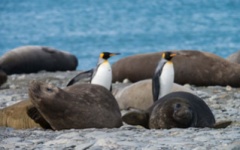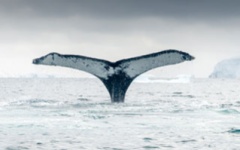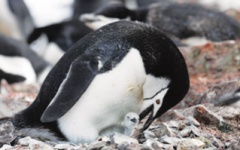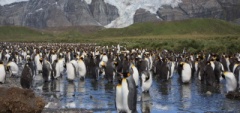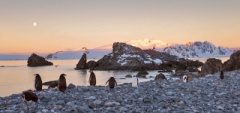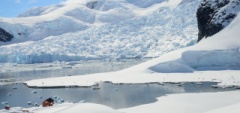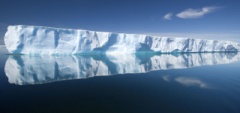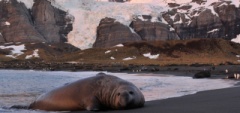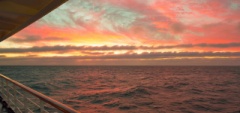Antarctica
The best time to visit Antarctica
When is the best time to visit Antarctica
Deciding when is the best time to visit Antarctica is fairly straightforward as Expedition Cruises only run from the end of October until the middle of March. Depending on when you visit within the season, however, the type of experience you will have will change slightly, both in terms of wildlife viewing or photography opportunities and the amount of snow and ice around.
Best time to visit Antarctica - Late October to November
Visiting in the early part of the season has its own particular benefits. For example, there is a higher quantity of sea ice around, especially on the eastern side of the Peninsula. As landing sites are more pristine, you are left with the feeling of being one of the first to explore this remote region. Adélie, Chinstrap and Gentoo adult penguins and Antarctic-breeding seabirds begin to come ashore to breed at this time of year, commencing their courtship rituals and building their nests.
Best time to visit Antarctica - December to January
As the days become longer (there are 18-20 hours of sunlight between these months), Antarctica becomes a photographer’s paradise. Sea ice begins to break up, opening up more areas for exploration meaning you may get to visit some of the more remote and harder-to-reach islands. Meanwhile sightings of Baleen and Toothed Whales around the Peninsula become more frequent between these months.
This is also the time of year when eggs begin to hatch and seal pups are born. In mid- to late- December, Penguin chicks begin to hatch from the eggs which their parents have been carefully guarding and keeping warm for weeks. Around 30 days after the chicks are hatched; the parents leave their chicks in "crèches," resembling a kind of nursery, while they go off in search of food. If you arrive at the right time, you may get to witness feeding time and the frenzy of activity it brings as penguin chicks pester their parents for food.
Best time to visit Antarctica - February to March
The tail end of the season brings more chances to see whales (Humpback, Minke and Orca varieties) and seals (Weddell, Crabeater, Leopard, Southern Elephant and Antarctica Fur species) around the Peninsula. You will notice that as the seal pups get a little bit older they start to become more playful while Penguin chicks begin moulting, losing their fuzzy down in favour of their adult plumage.
Unfortunately, there are fewer chances to see penguin colonies at this time of year as parents begin to leave their chicks and go out to sea to feed and fatten-up for their own moulting stage. In fact, most colonies (Adélie, Chinstrap and Gentoo) are almost empty by the end of February to early March. On the other hand, chances to explore the waters are increased due to a lower quantity of sea ice.

